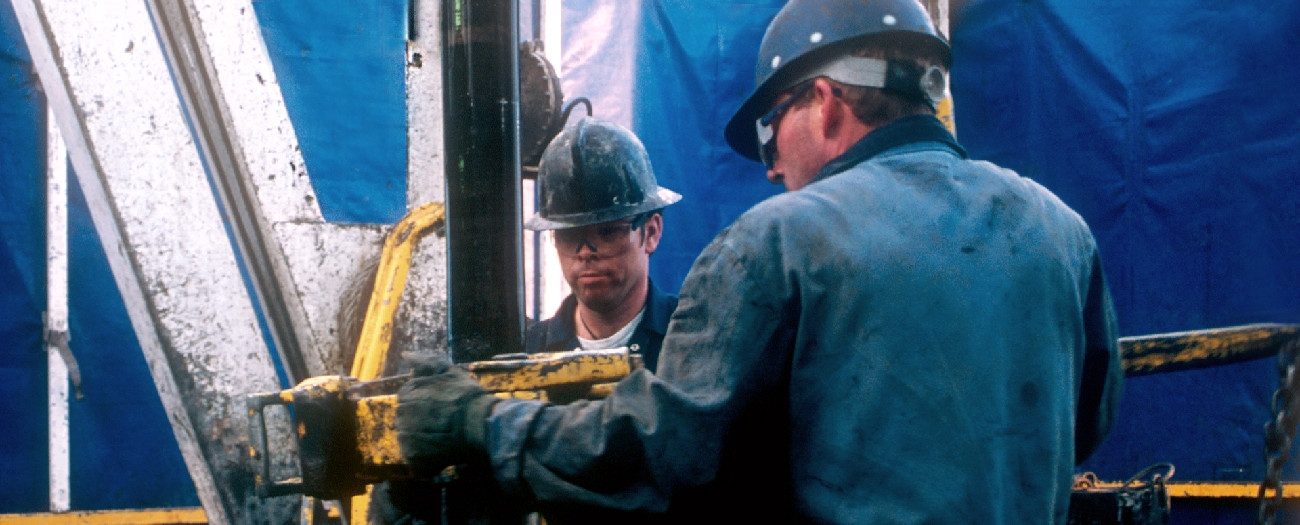Energy companies drill—not dig—to unearth hidden treasures
Alberta - August 27, 2018Any movie buff can tell you that a successful treasure hunt ends with a stash of jewels and artifacts—bonus points if it’s tucked away in an ancient tomb.
In Alberta’s countryside, however, a different kind of treasure hunt has been carried on for over 112 years. In this chase for riches, a shovel won’t cut it; energy companies drill wells to reach their sought-after reward—oil and gas—hiding deep beneath our feet.
Find out how this quest for black gold pans out in Alberta.
Finding the ‘X’
No one searches for treasure without having a plan. Geologists must don their Indiana Jones hats to find the right spot to drill a well. This work doesn’t happen quickly; it often involves drilling exploratory wells and analyzing core samples and rock fragments (known as drill cuttings) from previous expeditions.
After much deliberation and a strong understanding of the area’s geology, a company will zoom in on its target area.
Getting Signoff
Companies can’t punch any holes into the ground until they acquire the mineral rights from the Alberta government or private mineral-rights holder, and then receive permission from the Alberta Energy Regulator (AER). They must also gain access to the land from the landowner.
The company must demonstrate that it will drill the well safely, in a way that poses no threat to people, wildlife, or the environment.
With all green lights in place, a company can set up shop and bring equipment, such as a drilling rig, to the site. Trees, bushes, and soil may be temporarily removed from the landscape, to be carefully restored at the end of the well’s life.
Drilling for Treasure
There’s no need for shovels here; once the rig is in place, a rotary drill bit fixed to the end of the drill string bores a hole deep into the earth.
During the drilling, “drilling mud” (normally a mixture of water and bentonite clay) is pumped down the well to control the pressures of the rock formations, lubricate the bit, and remove drill cuttings.
Eventually, the wellbore extends deep enough to reach the oil and gas treasures hiding in rock formations. Not all oil and gas will flow naturally through the rock; sometimes, companies must pump fluid into the wellbore to create enough pressure to crack, or fracture, the rock layer. This technique is known as hydraulic fracturing.
From Rigs to Riches
When final depth is reached, drilling is complete and the rig is no longer needed. The company will replace it with equipment that protects the well’s integrity and that can be used for normal production, such as a pump jack for oil or a wellhead for gas.
A successful well will bring a company its reward: a profit. But sometimes there is simply no resource to be discovered, and the company must look elsewhere.
No matter what stage a well is at, companies must follow AER requirements to ensure that Albertans and the environment are protected, and they must have a plan to return the land back to how it looked and how it was used (or similarly) after the well stops producing.
Kara MacInnes, Writer
Jill Rutherford, Writer


